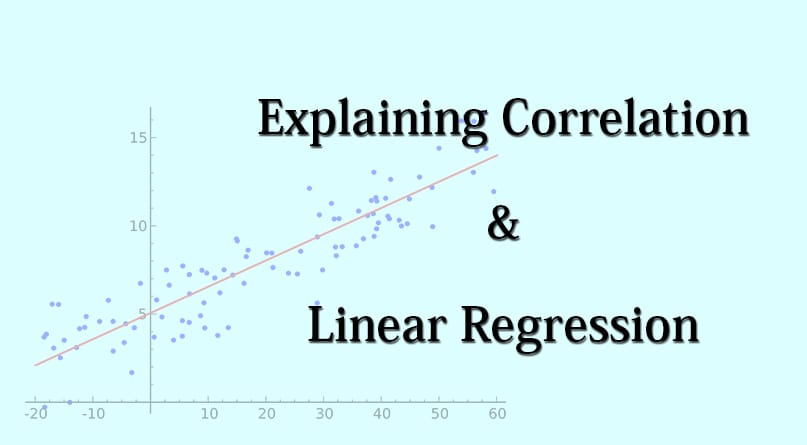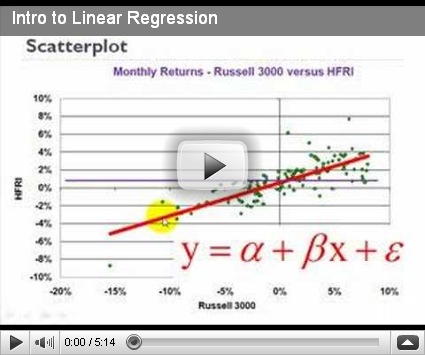Ever wondered if your coffee habit fuels stock market rallies? The world of statistics can be alluring, yet shrouded in mystery. Today, we delve into two key concepts – correlation and linear regression – to unlock their potential for prediction and shed light on their fascinating, but often misunderstood, relationship.
Correlation: Not Your Average BFF:
Imagine two variables, hand in hand, seemingly moving in tandem. That’s correlation – a measure of association between two variables. A strong correlation simply indicates they tend to move together, but doesn’t imply causation.
Example: Ice cream sales and drowning incidents might exhibit a high correlation in summer months. But does ice cream cause drownings? Absolutely not! Both simply respond to the same factor – warmer weather. This highlights the crucial distinction between association and causation.
Linear Regression: The Predicting Hero:
Now, enter linear regression – the statistical superhero capable of predicting one variable based on another. It builds a line representing the best fit between two variables, allowing us to estimate a value for one based on the other.
Example: Imagine studying the relationship between house size and price. Linear regression can predict the approximate price of a house based on its size, providing valuable insights for buyers, sellers, and real estate professionals.
Real-World Impact:
Correlation and linear regression aren’t just academic exercises. They power diverse applications:
- Healthcare: Predicting disease outbreaks based on environmental factors.
- Finance: Modeling stock market trends and optimizing investment strategies.
- Weather Forecasting: Predicting rainfall based on historical data and atmospheric conditions.
- Marketing: Optimizing ad campaigns based on user behavior and demographics.
Beyond the Numbers:
Understanding these concepts empowers us to:
- Analyze data effectively: Make sense of complex relationships and identify underlying patterns.
- Make informed decisions: Leverage predictions to optimize strategies and achieve desired outcomes.
- Uncover hidden insights: Go beyond superficial trends and discover valuable information for strategic planning.
Remember: Correlation and linear regression are powerful tools, but it’s crucial to interpret them within context and avoid false assumptions of causation. By wielding these tools responsibly, we can unlock a world of data-driven insights, leading to informed decisions and measurable success.
Join the conversation on LinkedIn (shameless plug: Shailendra Kumar) and Twitter (Shailendra Kumar), share your thoughts.

